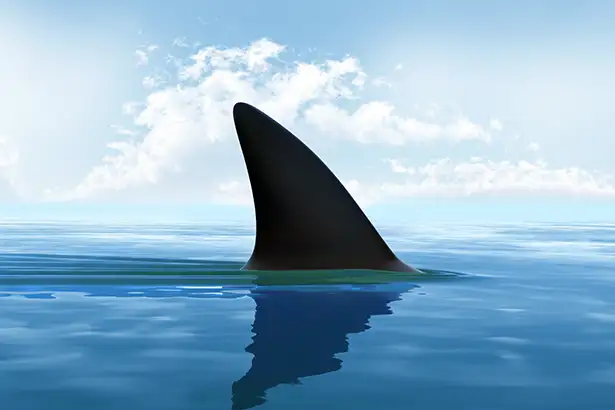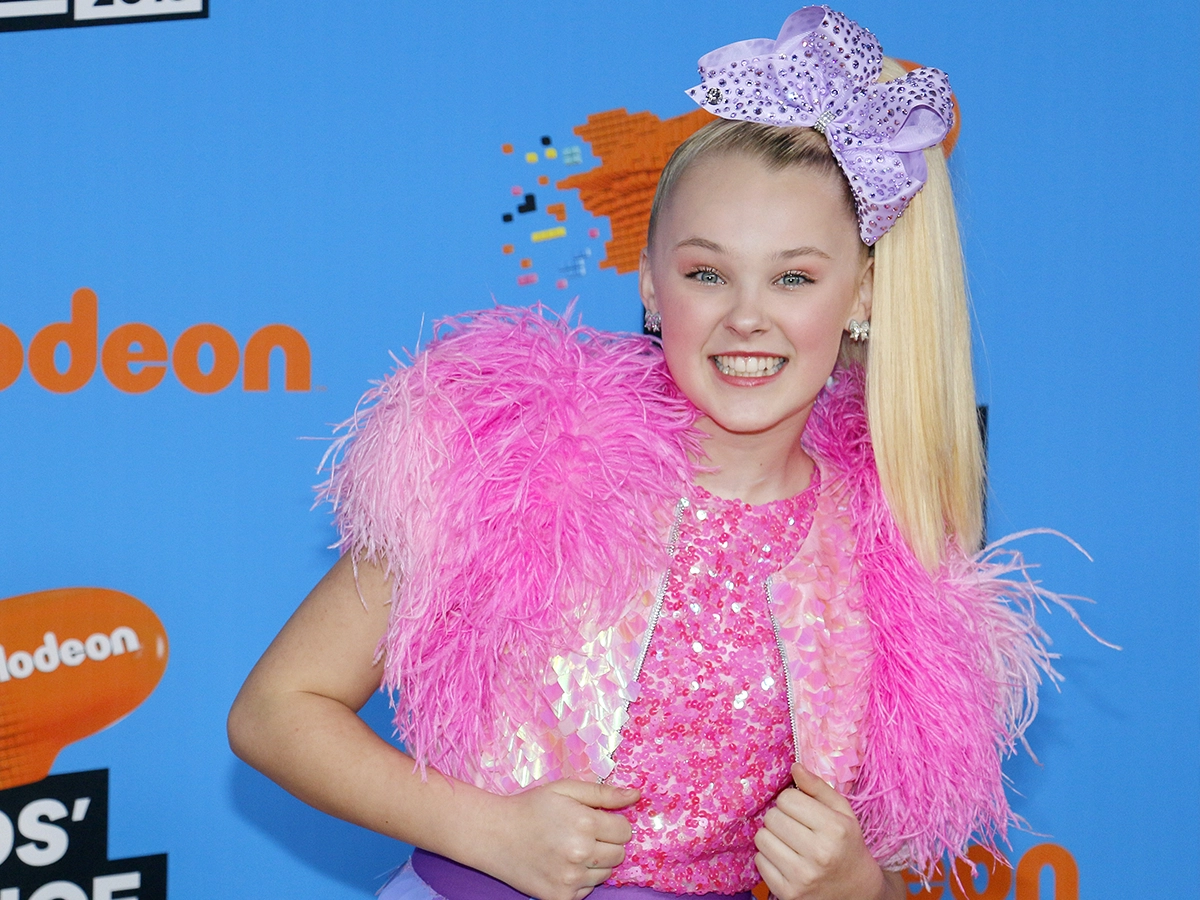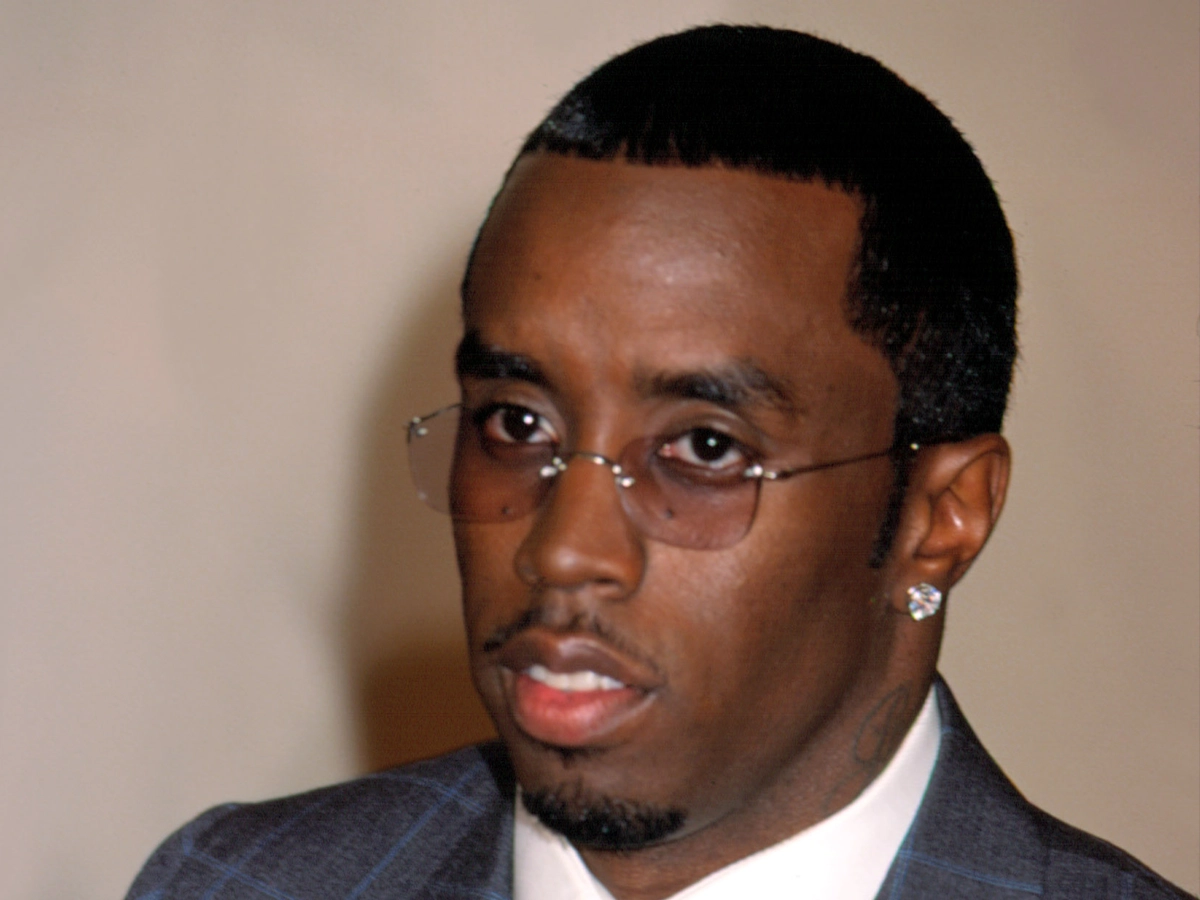The Return of Shark Nets: Weighing the Good and the Bad

Few practices in Australia’s waters are as polarising as shark netting. This year, the use of shark nets on the beaches of New South Wales is drawing increased scrutiny as debate intensifies over their environmental impact and usefulness.
Despite protests from scientists, conservationists, and much of the public, Premier Chris Minns announced that the nets would be installed this coming summer, as has been the practice since 1937. The move comes as an annual report shows alarming statistics about the bycatch—the animals not targeted but caught in these nets.
People who support the practice point out that there’s been only one single fatal shark attack at a netted beach since its introduction. However, critics argue that the nets offer a false sense of security. Shark nets don’t cover the entire beach area and sharks can swim under or over the nets easily.
The report by the NSW Department of Primary Industries paints an environmentally concerning picture of the nets’ environmental impact. According to them, around 90% of animals caught in the 2022-23 season were non-target species. Out of 228 animals caught in the nets, only 24 were targeted sharks. To make matters worse, around 26% of the captured animals were from threatened species, including dolphins, seals, and protected loggerhead turtles.
Opponents of the nets also point to alternative shark mitigation technologies as a better way of handling sharks getting close to public beaches. These include smart drum lines that tag and track sharks, drone surveillance, and educational programs.
Many groups who oppose these nets include the people in the ocean the most. Many pro-surfers have voiced opposition to shark netting as well as Australia’s top shark researchers and marine biologists.
In response to criticism, Minister for Agriculture, Tara Moriarty, told the public that the nets are equipped with acoustic devices to deter marine mammals and that their deployment will avoid most of the whale migration season. But this assurance does little to answer the concerns about bycatch, which is causing declines in populations of many marine species, including the most protected species in Australian waters.
Premier Minns said that these alternative technologies can’t compete with shark netting to reduce the number of sharks interacting with people. But given that 90% of animals caught are not the intended targets and only 37% of animals are released alive, critics argue that the environmental cost is too high. Scientists also suggest that the nets might even attract large predators closer to shore, drawn by the carcasses of animals caught and killed in the nets.
The state now finds itself at a crossroads. On one hand, there’s public pressure to continue practices believed to protect swimmers. On the other hand, there’s mounting evidence of the environmental devastation these nets cause in Australia’s waters.
With viable alternatives becoming increasingly available, the state government will need to carefully consider whether the continuation of a nearly 100-year-old program is justified, or if it’s time to embrace newer, more environmentally friendly solutions to the problem.







Have your say